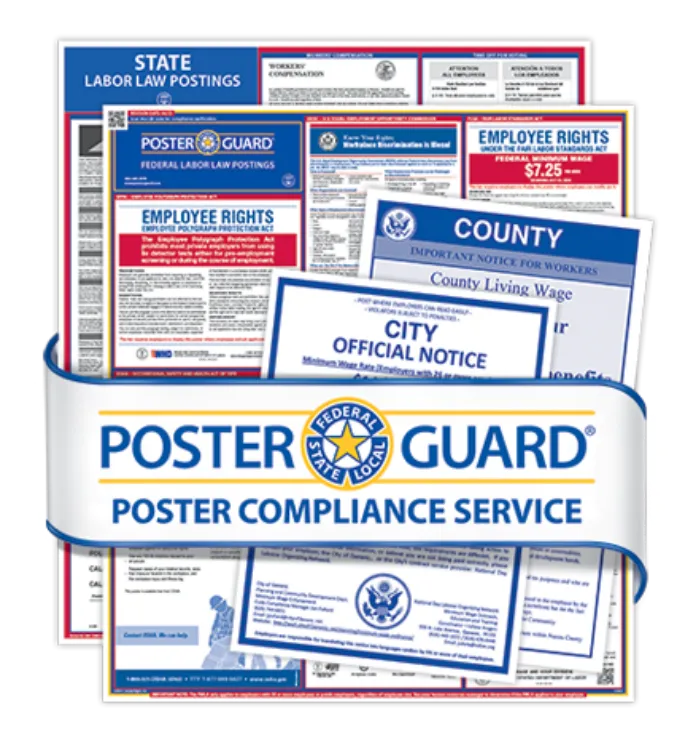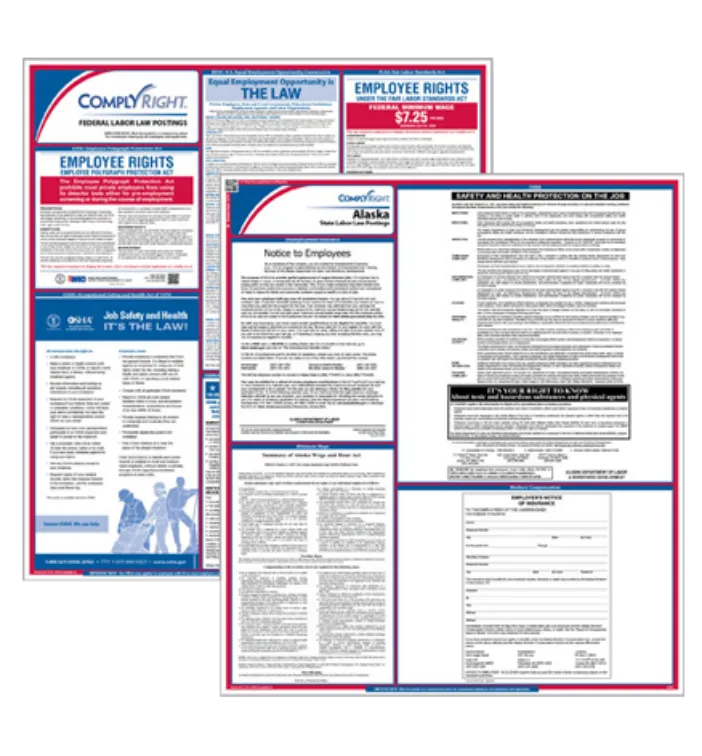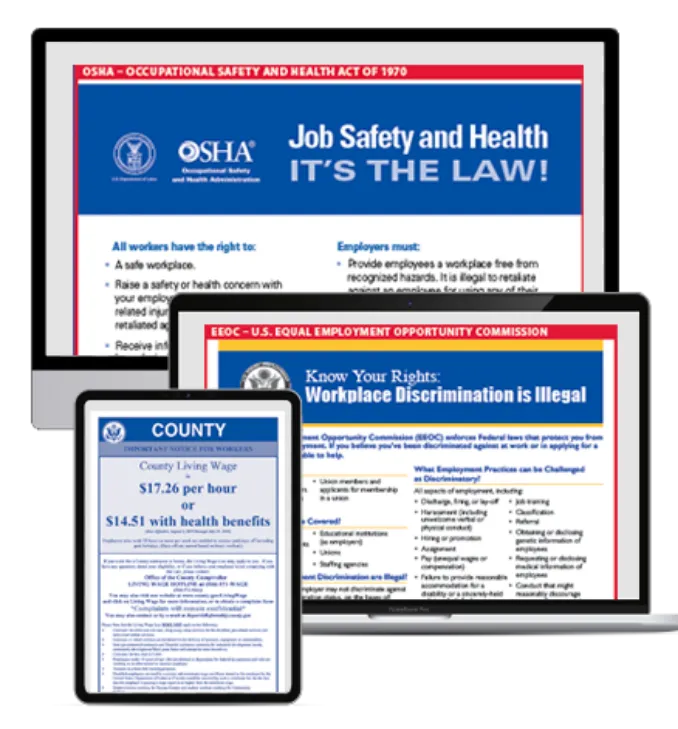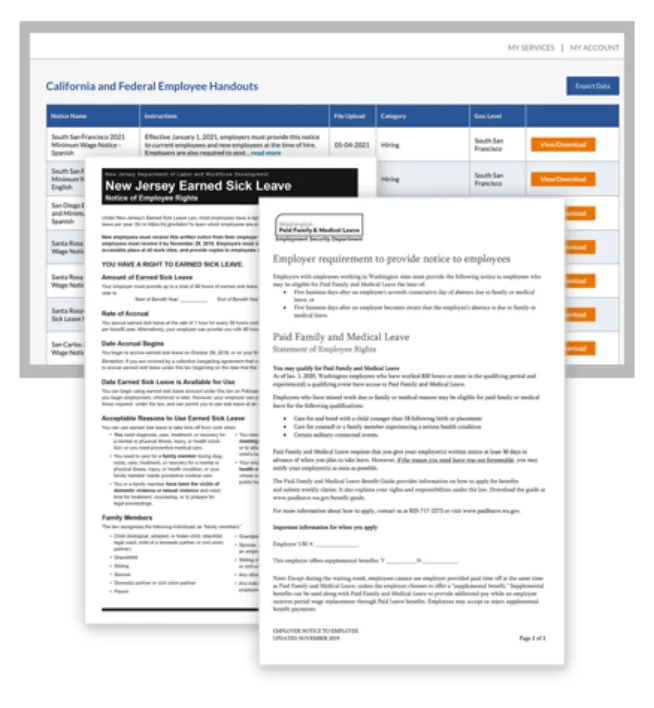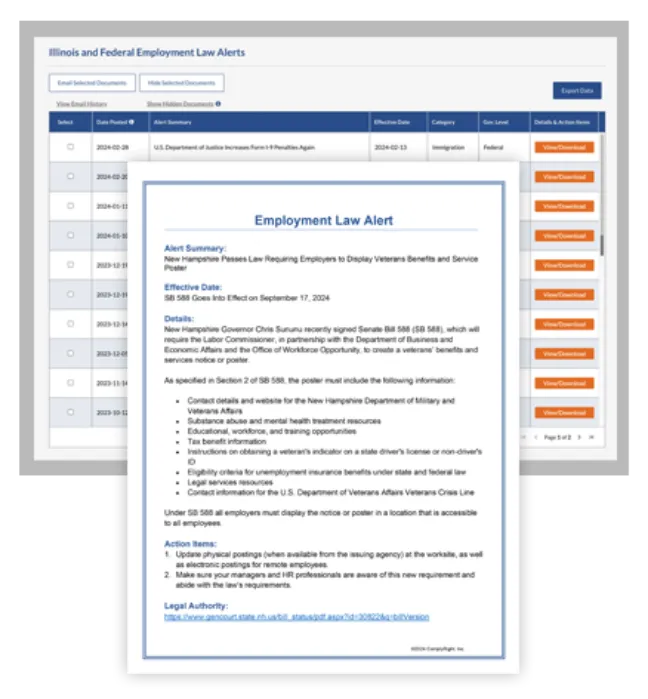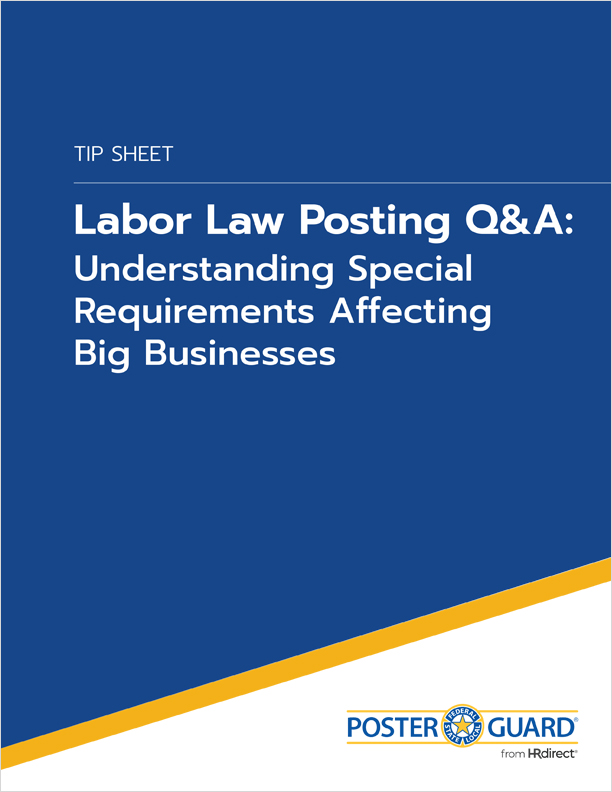The Equal Employment Opportunity Commission (EEOC) is gearing up to resume collecting pay data from employers, marking a significant shift that could impact businesses of all sizes. To help you stay ahead of these changes, let's explore what this means for your organization and how you can prepare effectively.
Understanding the EEOC's Role
The EEOC is responsible for enforcing federal laws that prohibit employment discrimination. One of its critical tools in this mission is pay data collection, designed to identify and address wage disparities based on factors like gender, race and ethnicity. The EEOC initially launched its pay data collection efforts between 2016 and 2020, gathering critical insights but also sparking debates about the burden it places on employers.
The Proposed Rule: What’s on the Horizon
In January 2025, the EEOC is expected to roll out a new rule that will likely reshape the pay data collection process. While the specifics are still in the works, employers should anticipate changes that could make data collection more comprehensive – and complex.
The return of pay data collection could bring several challenges:
- Increased burden: Gathering and reporting pay data may require significant time and resources, particularly for small and mid-sized businesses.
- Data accuracy and security: With more data being collected, maintaining accuracy and protecting employee information becomes even more critical.
- Heightened enforcement: The EEOC may ramp up enforcement activities, increasing the risk of audits and penalties for non-compliance.
Early preparation is the key to navigating upcoming pay data collection changes with confidence.
5 Tips to Help You Prepare
To navigate this evolving landscape, here are five essential tips:
- Get Organized Now
Don’t wait for the final rule to be released. Start by assessing your current data collection practices, identifying any gaps and creating a comprehensive plan so you’re ready when the new requirements take effect.
- Maintain Data Accuracy and Consistency
Review job descriptions, classifications and pay data for accuracy. Establish clear guidelines for data accuracy and consistency. If necessary, engage legal counsel early to address any pay disparities.
- Perform a Pay Equity Analysis
Conduct a thorough analysis of your pay data to identify inconsistencies based on gender, race and job role. Use these insights to develop strategies that address any inequities, reducing the risk of non-compliance and fostering a more equitable workplace.
- Train Employees on Data Privacy and Security
Protect your employees’ information by implementing robust data security measures. Communicate openly with your team about data collection practices to build trust and uphold privacy regulations.
- Stay Informed About Regulatory Developments
Keep current on the latest EEOC guidance, as legal challenges to the pay data reporting requirements are expected. Additionally, many states are enacting their own pay data reporting laws, such as California and Illinois. Awareness of both federal and state-level changes is essential as more states follow suit.
Stay Ahead of the Curve
Proactive compliance is key as pay data collection returns to the spotlight. By taking these steps now, you can better position your business to meet the upcoming requirements and avoid potential pitfalls.
For ongoing guidance and support, consider leveraging services like the Employment Law Alert Service, which keeps you informed about critical regulatory developments that might otherwise go unnoticed.

